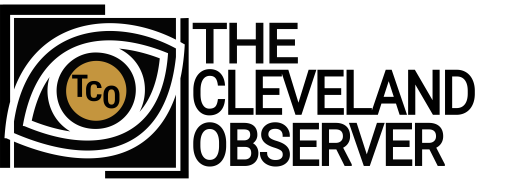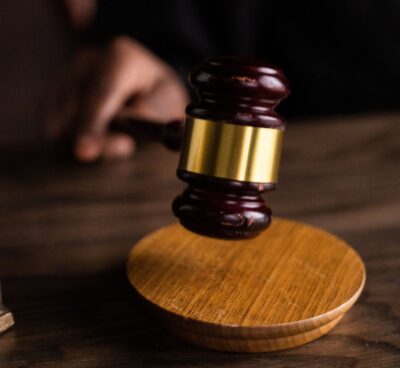By Kellie Morris
“All in favor say yea, and all opposed say nay.” You have likely attended a meeting and heard the leader make this statement when a vote was taken. From Girl Scout troops to church and board meetings to the chambers of Congress, whenever individuals meet to accomplish the business of the organization, rules are necessary for a productive meeting. However, who sets the rules for those meetings, and what is parliamentary procedure? Parliamentary procedure is not law, and the strict application of such rules can result in frustration for the body. The frustration can be avoided through education, patience, and a diplomatic exercise of the procedures.
Meeting rules are applied with small groups and large conventions. Organizations can determine the level of specificity that they want to apply in their meetings. The size of the meeting may be a determining factor in the level of detail utilized in the rules. Robert’s Rules of Order, Atwood’s Rules for Meetings, and The Standard Code of Parliamentary Procedure are 3 resources that outline meeting guidelines. All three are similar, but there are some differences. For example, they all allow for members of an organization to participate by offering motions saying, “I move…” and then allowing discussion and a vote. Differences may be found in when a vote is needed, or in the language used. Robert’s Rules of Order is considered the most complex, now in its 12th edition.
Bill Lavezzi and Viola Catledge advocate for the importance of parliamentary procedure. They both currently serve as officers of the North Coast Unit of the National Association of Parliamentarians. Lavezzi says that in his role as president or presider of a meeting, it is his goal to help people feel more confident working in their own organizations. Catledge shared that she became involved with parliamentary procedures to gain more knowledge about how to correctly record the minutes for an organization that asked her to serve as secretary. She said, “I know that it [parliamentary procedure] is important because it provides structure. I like orderly. It teaches you to use an agenda. I wish I had learned earlier.” As membership chair for the unit, Catledge said, “I am still learning.” Learning the rules to govern a meeting is a skill set that anyone can use. Lavezzi said, “learning parliamentary procedure can empower you as a member of your community and organizations to contribute to the organization as a member and a leader.”
 While knowledge of meeting rules does not require formal education, The National Association of Parliamentarians and the American Institute of Parliamentarians offer individuals the opportunity to become credentialed as registered or certified parliamentarians on two levels. Individuals may take tests to either become regular registered/certified parliamentarians or professional registered/certified parliamentarians. The titles vary according to the organization of the association. Learning the guidelines for meetings will help you to know if it is parliamentary or not.
While knowledge of meeting rules does not require formal education, The National Association of Parliamentarians and the American Institute of Parliamentarians offer individuals the opportunity to become credentialed as registered or certified parliamentarians on two levels. Individuals may take tests to either become regular registered/certified parliamentarians or professional registered/certified parliamentarians. The titles vary according to the organization of the association. Learning the guidelines for meetings will help you to know if it is parliamentary or not.
For educational resources, please visit www.channingbete.com and search parliamentary procedure to request up to four (4) complimentary brochures on this subject. To learn more about the North Coast Unit of the National Association of Parliamentarians, email meetings@lavezzi.us. This Unit will be hosting a public program workshop for Parliamentary Law Month on Monday, April 17, 2023, at the Independence Branch of the Cuyahoga County Library at 6:00 pm.






